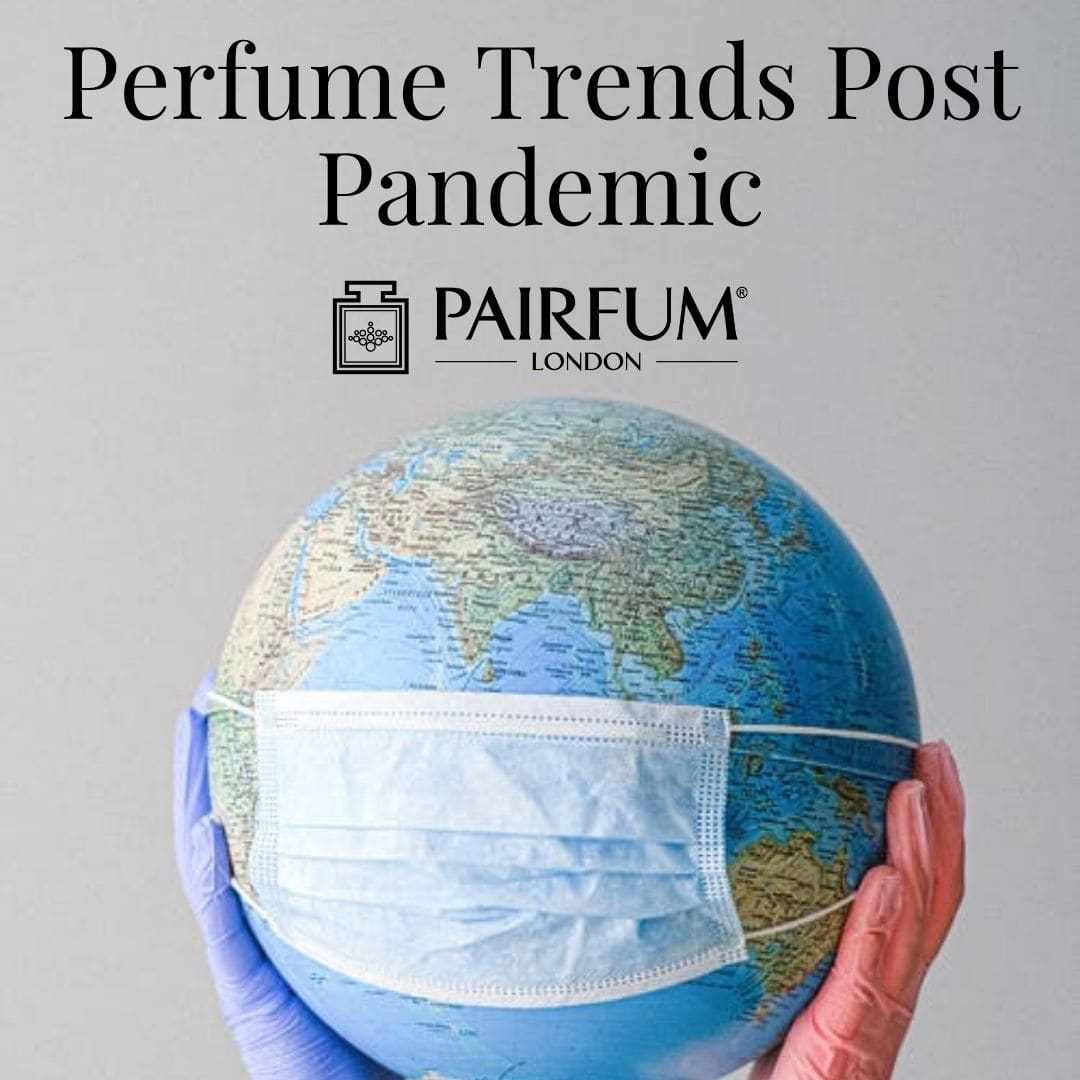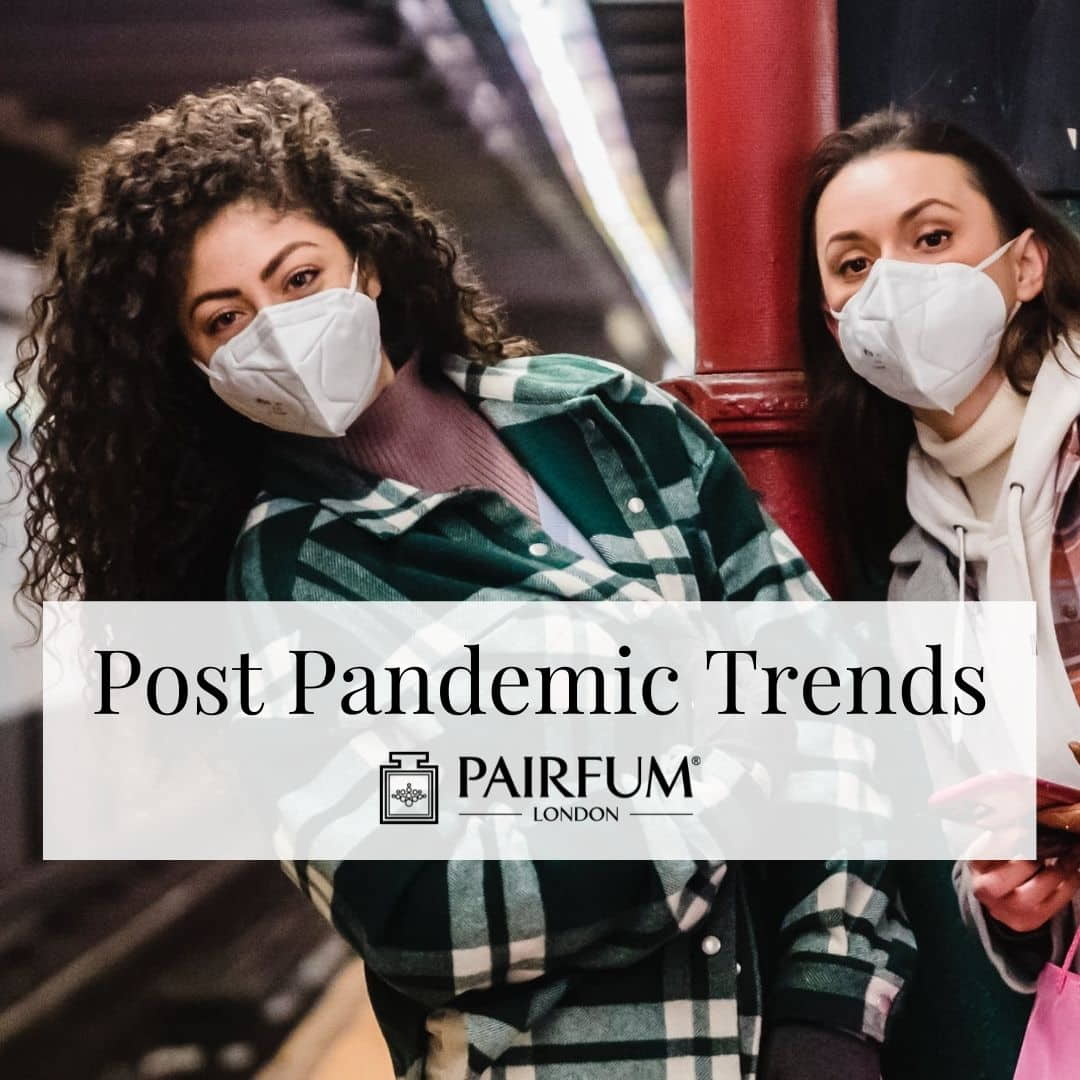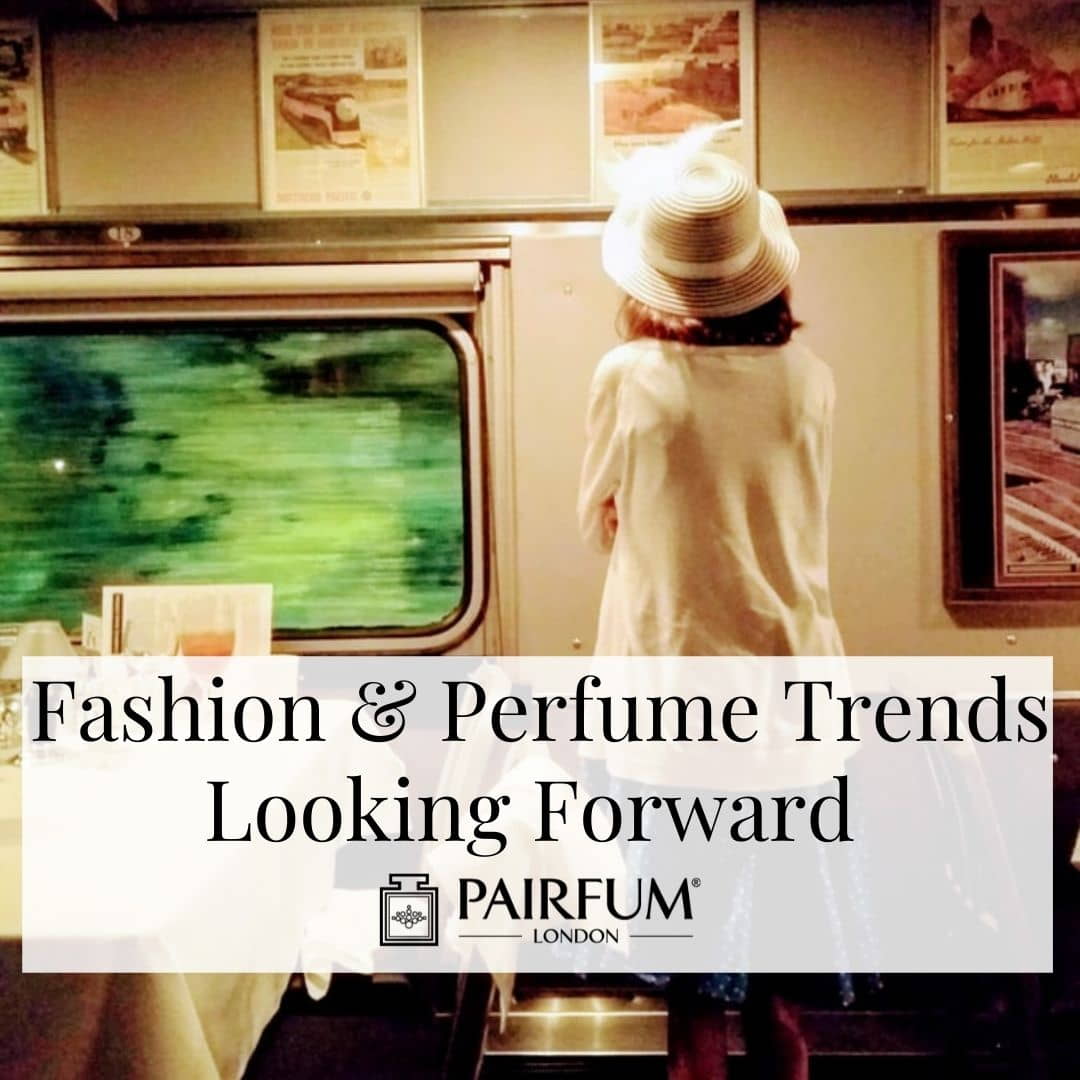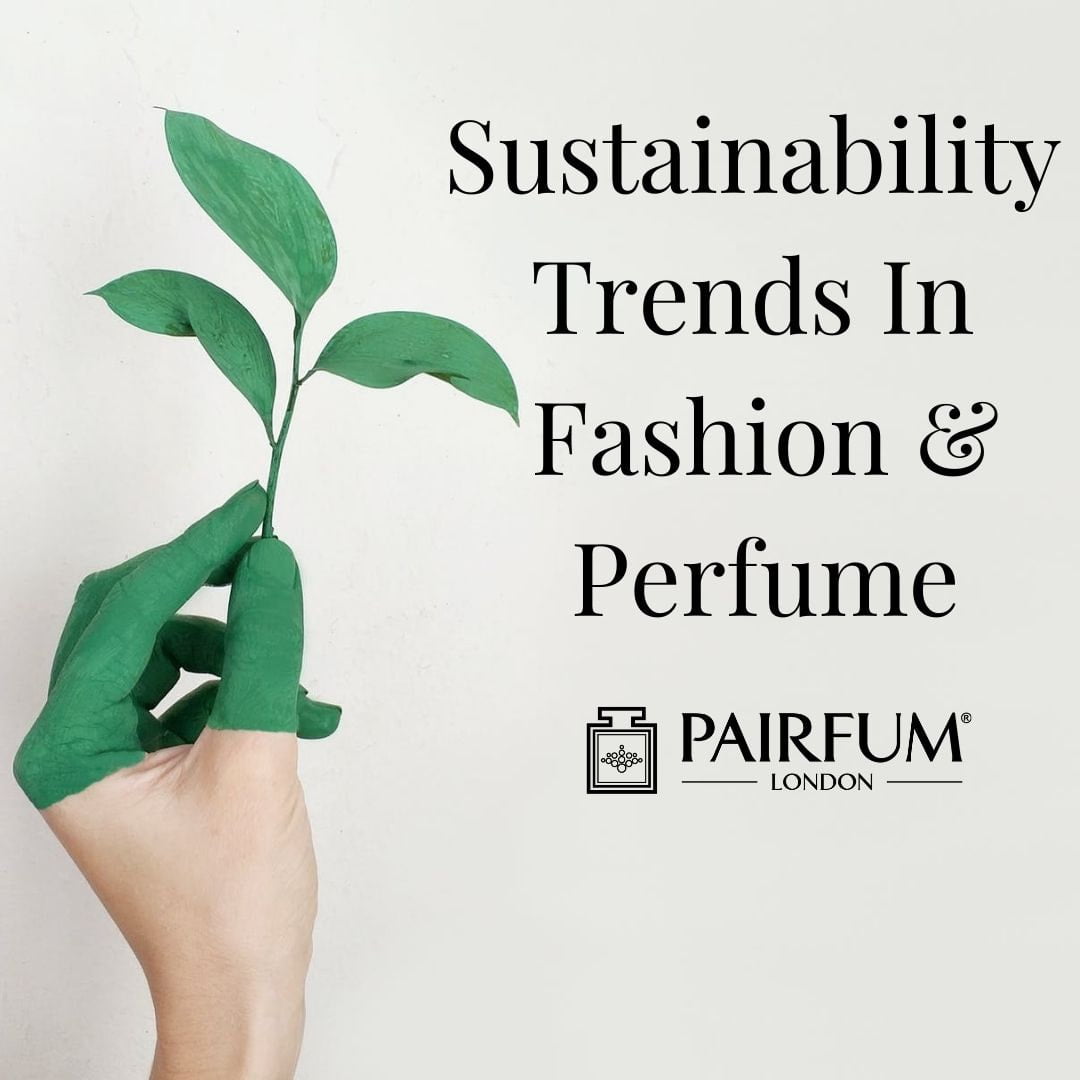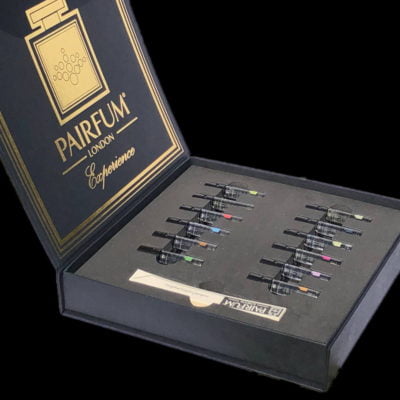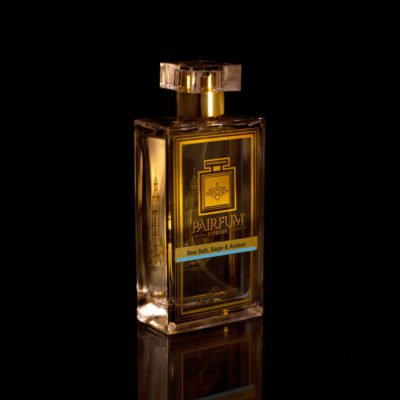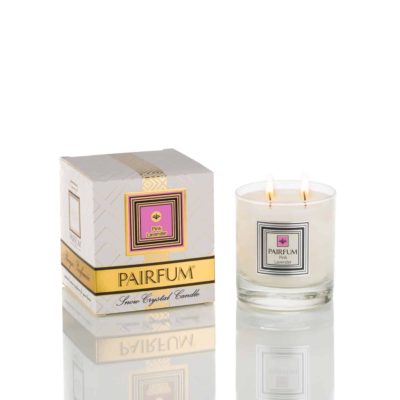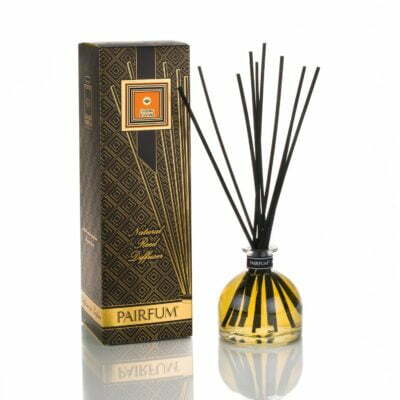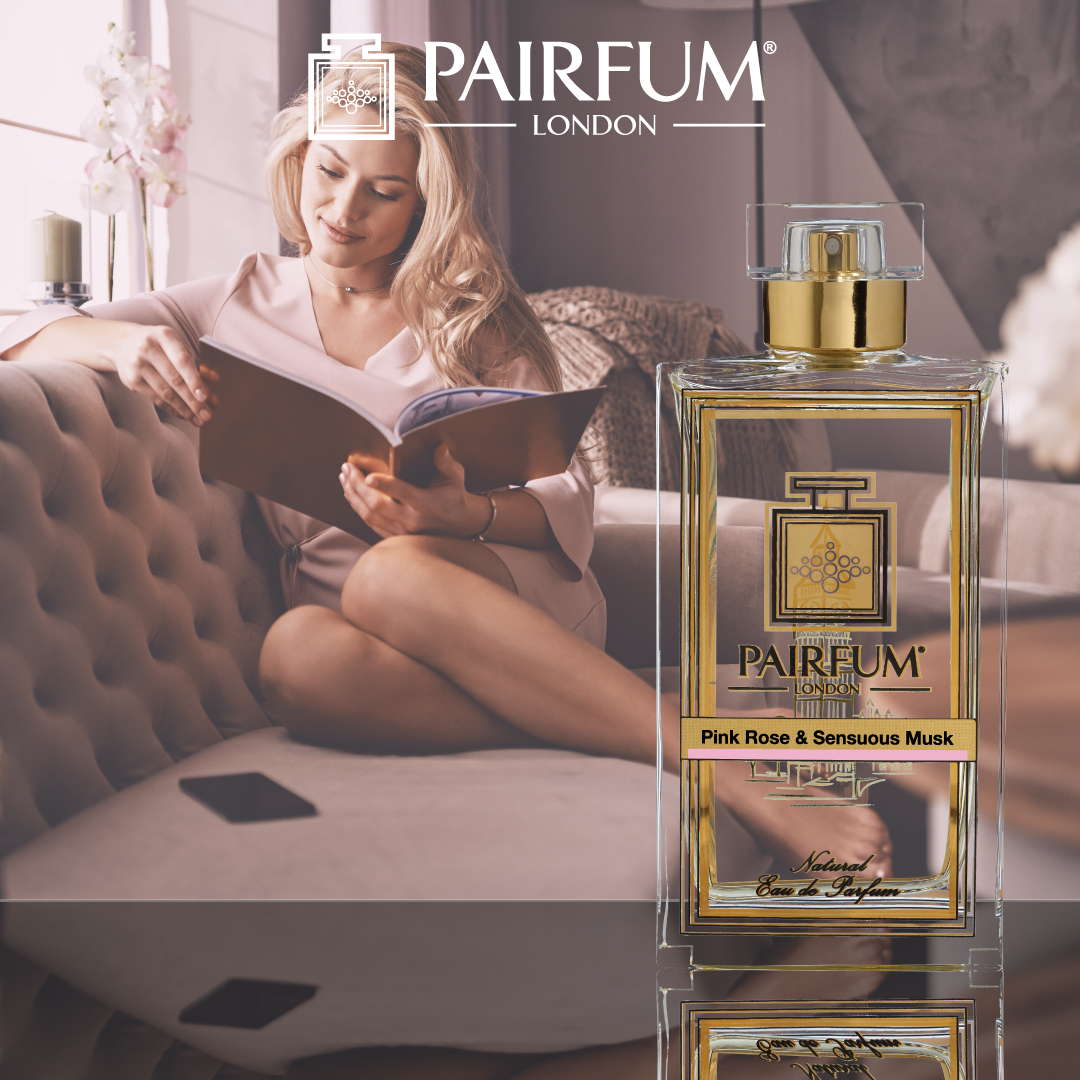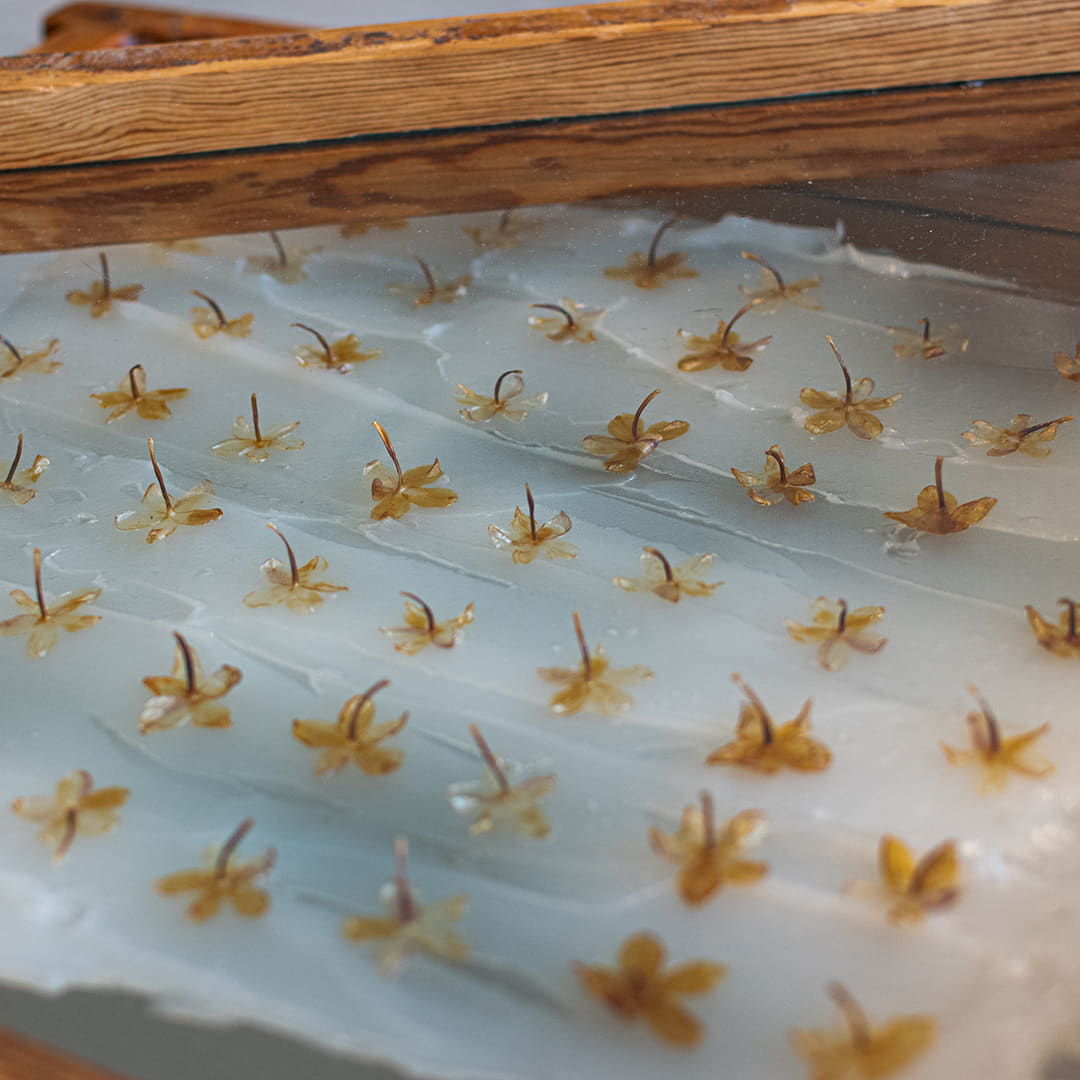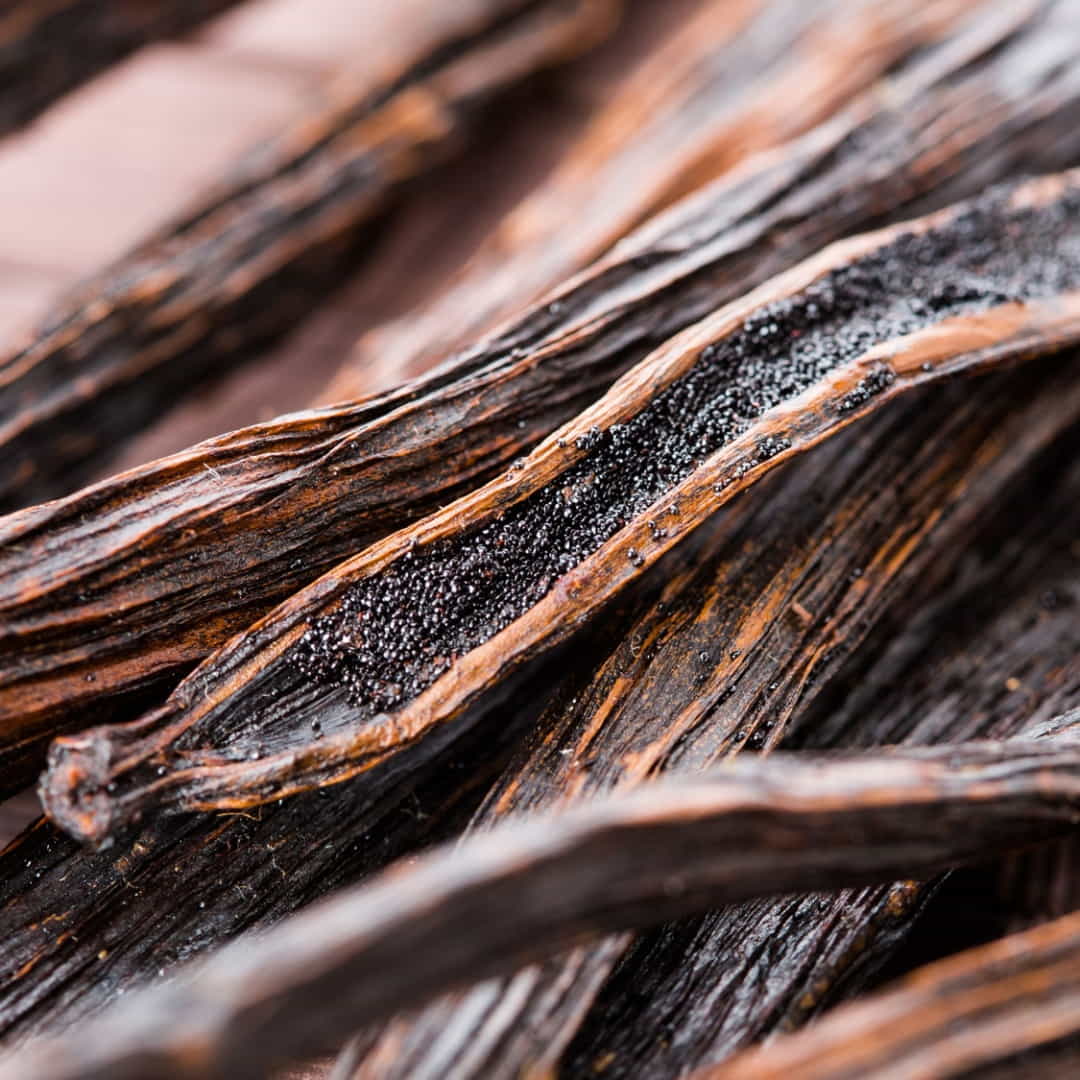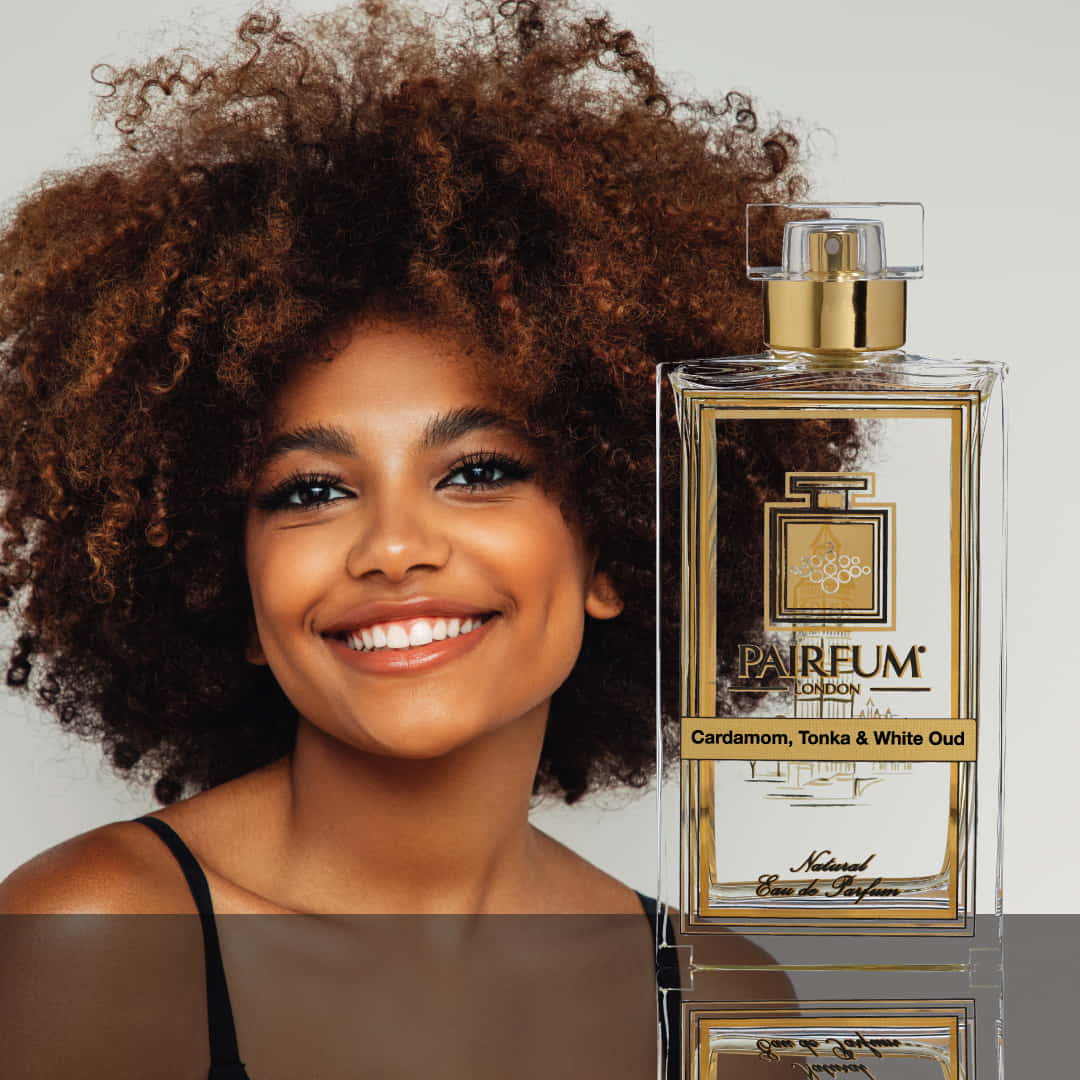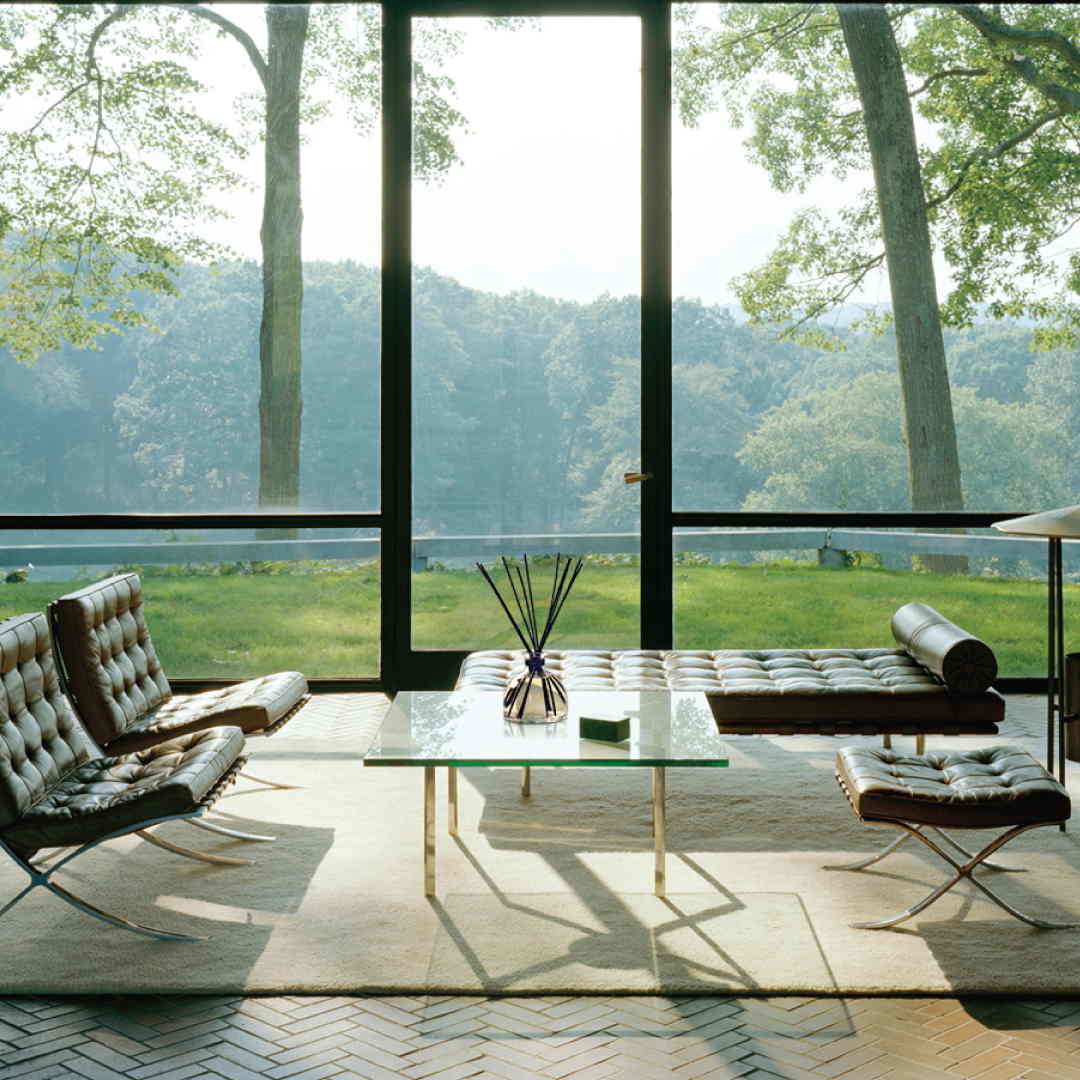Post Pandemic Trends
Are the expected Perfume Trends 2021, post-pandemic, a sign that a new ‘Roaring 20s’ is on the horizon? If the events that followed the Spanish Flu of 1918 are in any way comparable, it certainly seems likely.
The chief executive of L’Oreal, Jean-Paul Agon, certainly thinks there will be a return to the ‘Roaring 20s’ and stated the following recently:
- “This will be the fiesta of make-up and fragrances”
- “Putting on lipstick again will be a symbol of returning to life.”
In this article, we explore what history can tell us about what we can expect for fashion and perfume trends 2021, post-pandemic.
Here are some of the questions we intend to answer:
- How is fashion already changing?
- How does this translate to perfume trends in 2021?
- What does the history of perfume tell us about what we can expect in the future?
Fashion Trends of the Past
Recovery from War & Spanish Flu (1918)
Not only has everyone struggled through a world war, but they have also just dealt with a pandemic in the guise of the 1918 Spanish Flu. Following this gloom, women were finally allowed the vote(with caveats) and more flamboyant and bolder styles were adopted as the economy started to boom.
The great style icons of the 1920s included Josephine Baker and Zelda Fitzgerald, who is attributed as the inspiration for many contemporary styles today. Perhaps the most iconic was Coco Chanel who threw caution to the wind with her designs. Mismatched prints, slouchy knits, two-toned shoes and strings of pearls are only a small selection of the ‘non-traditional, yet desirable fashion choices she was pioneering.
Amongst these rebellious trends, the 1920s wardrobe is also more typically associated with silk flat crepe dresses, custom-tailored suits, fur coats, short sport Jacquettes and woollen jumpers.

Fashion in the 1940s
Just as the 1920s were an era of flamboyance, the fashion in the 1940s is also characterised as very colourful and bright with a large emphasis on fur.
A particular trend that is shared with the 1920s is the prevalence of the woollen jumper or jersey. In fact, much of the younger generation adopted the bright woollen jersey and the jumper dress or the pinafore as almost a uniform and a part of their identity.
Throughout the 1940s, particularly due to the rationing of material and fabric, no opportunity for creativity is spared. Even in the late 40s, you would often see extravagant lace and almost every form of embroidery imaginable. Not even the humble belt buckle was overlooked.
Of course, for men, the suit was as popular as ever – but the bellhop and cutaway suit became rather popular amongst women in the post-war era. Although this is argued to be more of an acceptance and enhancement of their femininity rather than an attempt to appear more masculine.
Post Pandemic Fashion Trends
In regards to fashion, the pandemic has already caused the irreversible change. For example, many High street brands are now no longer with us, or they have pivoted to being online retailer’s only. Our clothing choices have also changed with many electing for tracksuit bottoms rather than Levi jeans, not to mention many fashion labels now releasing their own face masks.
Of course, it is unlikely that we will be wearing tracksuit bottoms and facemasks forever, but consumer behaviour and preferences post-pandemic are very uncertain.
Although, we have seen an accelerated economic and social change following a major human catastrophe. Most notably, after the Spanish Flu of 1918.
The idea of complete uncertainty is also further diluted by Dr Lucy Moyse Ferreira who explains that fashion is always changing for it is always reflecting the world as it is, including the fears and hopes of society. Currently, our hope is tied to the map out of lockdown which suggests we will soon start to embrace glamour as we become more optimistic. This could already be seen in the raves that were hosted in Liverpool and the Brit Awards.
The great Dr Moyse Ferreira explains how our fashion choices during the pandemic were a form of armour to protect us emotionally as well as physically from germs and pathogens.
As the threat (hopefully) reduces, we are becoming much bolder in our fashion choices. As sales for face masks go down, there has been a surge in demand for high heels, printed trousers, tulle dresses and pearl-studded jumpers.
Even in hard times, the fashion industry can expect to prosper as brands – as shown by Coco Chanel and Jeanne Lanvin, who gained prominence during the 1920s.
Back to Work
When it comes to internet searches, the return to the workplace is also influencing key fashion trends. For example, in the USA, Microsoft has seen a drop of 26% in searches for “home-based business opportunities’ yet they have seen an increase of 28% for searches regarding ‘employment offer letters’ and 35% for ‘dress shirts’
There is certainly a demand for fashion that reflects pre-pandemic work culture.
Six Curious Post Pandemic Fashion Trends
As people come out of their shell there are six very curious trends that stand out:
- The Smart Cardigan
This slow-fashion piece is now often seen sold on the High street with matching bra tops to be worn underneath.
Unlike the cardigan you would throw on the back of your chair at school, the smart cardigan is larger and chunky and wouldn’t be out of place on the shoulders of Coco Chanel with brogues and pearls.
- Sweatpants
The pandemic actually caused a consolidation of this slow-fashion movement as the go-to garment of the 21st century rather than a trigger for a fad.
Before the pandemic, they were already often worn with a blazer or heels. Today they are now neatly streamlined and able to hold their shape, making them a staple of any wardrobe.
- The Toffee-Coloured Handbag
The desire to own either the largest, glossiest and impressive handbag or the petite evening bag is notably absent. Instead, for the last couple of years and most likely going forward, the neutral coloured moderately sized ‘It-bag’ is the most sought after.
The bag combines minimalism and utility with glamour and it is just as comfortable in the office as it is on the catwalk.
- The 18-Hour Dress
Sometimes referred to as the ‘shirt dress’, the 18-hour dress is characterised by modesty due to the high neckline but yet also being a show-stopper when worn in all of their glory.
The sleeves are essential for comfort throughout the day whilst flexibility allows it to be worn well into the night on the dance floor. There will be enough detail for an individual to feel they are presentable and properly dressed, but yet not too fancy that they would feel getting changed into something more ‘comfortable’
The phrase ‘one size fits all’ certainly applies to the utility of the 18-Hour Dress.
- The Grown-Up Flat Shoe
This former fashion non-starter has now become a fashion statement. In the past, there have been many flat shoes such as fur-soles loafers and designer crocs. But in 2021, simplicity rules the day.
Classic loafers, simple shite trainers, or perhaps a ballet pump are now becoming a wardrobe staple.
- The Saturday-Morning Blouse
The Saturday Morning Blouse is best described as being somewhere between the simple and sensible white shirt and a bright pink puff-sleeved blouse.
An individual would have most likely brought theirs from a vintage French market and either silky and rich or sweet-natured. It has proven invaluable in capturing the ‘vibes’ of a Saturday morning.

Social Justice and Sustainability Fashion Trends Post Pandemic
Although, it wasn’t just Covid-19 that we were dealing with during lockdown because 2020 was also a year characterised by activism for human right issues. Black-owned brands and brands with ethical and sustainable supply chains have become more popular than ever. Consumer trends are showing people are more likely to spend their money on brands that take a firm stance against injustices in the world such as climate change, inequality or discrimination.
We will likely see far more fashion brands adopting a circular business model that focuses on repurposing and recycling rather than discarding unwanted articles. In fact, as people started to cannibalise old clothes to create their own face masks, the consumer is also starting to adopt their own circular model of consumption by re-using existing clothes and being mindful when making new purchases.
Historical Perfume Trends
Perfume Trends Post Pandemic in the 1920s
Post the 1918 Spanish Flu, just like its fashion, the world was offered a wide range of different fragrances and perfume.
While Chypre perfumes do tend to be slightly more prominent, such as ‘Chypre’ by Coty (1917) or ‘Cuir de Russie’ by Chanel (1924); they certainly do paint the whole picture.
Oriental perfumes such as ‘Shalimar’ by Guerlain (1925) and Aldehydic fragrances such as ‘Arpege’ by Lanvin (1927) are also a part of such a diverse canvas.
However, it is undeniable that Chanel No5 (1921) was the most iconic perfume of the 1920s. Despite perfume still only being within the economic means of the rich, Chanel’s first fragrance was a commercial success. This iconic brand has been immortalised by both Andy Warhol and Marilyn Monroe.
1940s Perfume Trends
The dark days of the war led to the desire for much fresher and lighter perfumes such as ‘Miss Dior’ by Christian Dior (1947). Once again repeating the trends of the 1920s, other chypre perfumes were also very popular throughout the 1940s, such as the spicy ‘Femme’ by Rochas (1944).
On the other hand, there is a key difference between these two decades that manifests itself through the success of post-war citrus fragrances. While citrus chypres such as ‘Moustache’ by Rouchas was popular, other citrus perfume such as the woody ‘Vert Vert’ by Pierre Balmain (1947) and ‘Acqua di Selva’ by Victor (1947) or even the minty ‘Green Water’ by Jacques Fath (1947) are just as iconic of the post-war era.
As can be seen in both decades, there was a massive explosion in perfume brands and their success almost immediately after great strife.
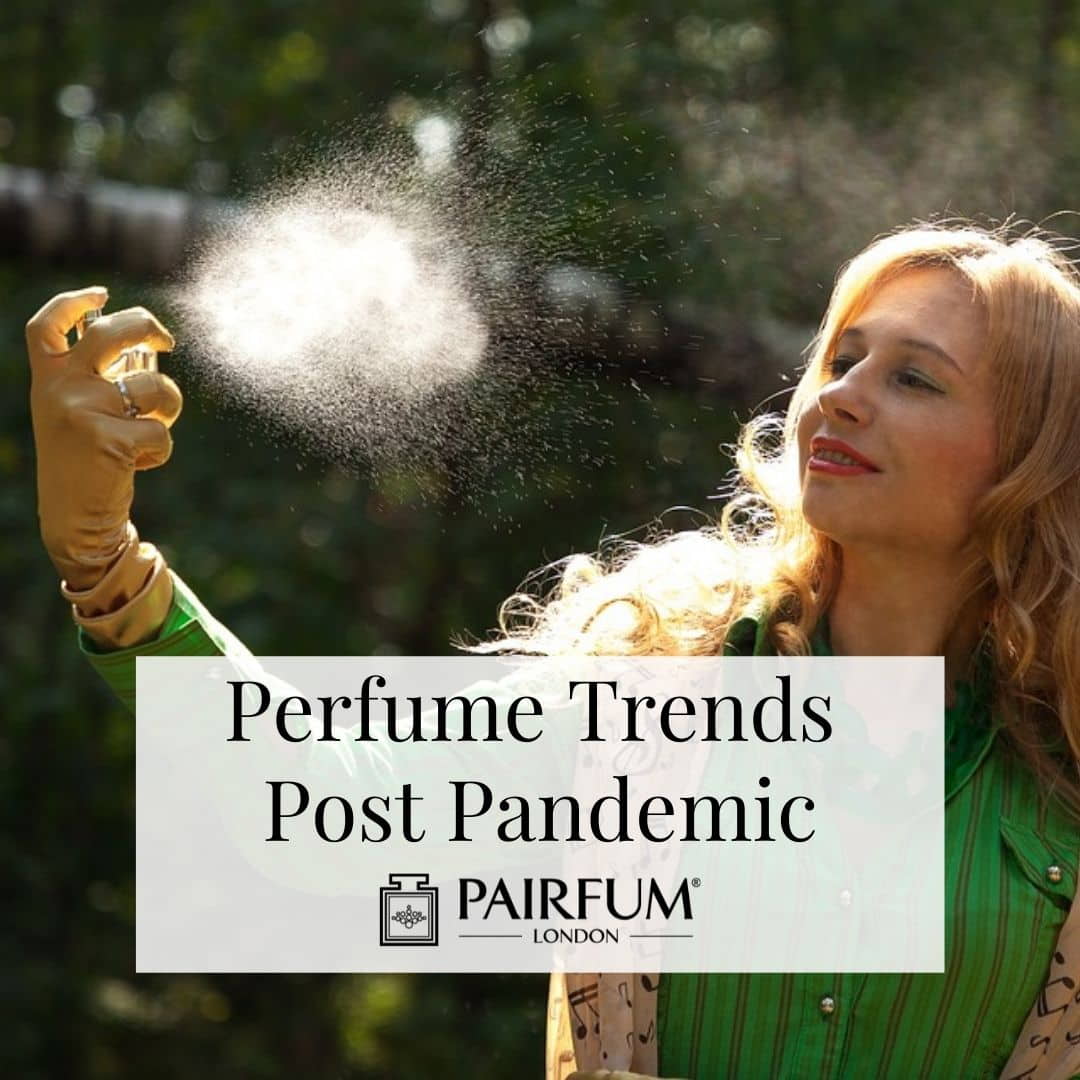
Perfume Trends 2021 – Post Pandemic
Alongside most other ‘non-essential’ industries, the fragrance industry was affected by the pandemic with prestige fragrance sales dropping by 8%. As people spent more time at home and often working at home, 49 % chose to reduce their fragrance usage. Although, throughout 2020, ‘high concentration fragrances such as Eau de Parfums were trending.
Fortunately, due to the technology available in the UK, we can look at perfume trends as they emerge through phenomena such as google searches and social media conversations. Reports suggest that conversations about personal fragrances are up by 11% since lockdown which tells us that similar to the 1920s and 1940s, the perfume industry is about to experience another revival.
Furthermore, through an analysis of google searches by Pinterest, three specific search terms stand out. In 2020, year-over-year, the search volume for “floral fragrance”, “earthy fragrance” and “spicy fragrance” increased by 25%, 34% and 35% respectively.
Perfume Trends 2021 – Rose Interpretations
Rose was first identified as a dominant force back in 2021 and nearly ten years later rose is still just as iconic. This is in part due to the extensive variety of rose interpretations that are appearing in launches. Combinations such as ‘Rose Marshmallow’ and ‘Rose Eau de Toilette’ appeared as recently as late 2020. These innovations are not only created with ingredients such as rose absolute and rose centifolia, but also less traditional pairings such as red currants and magnolia.
We can certainly expect more rose interpretations in the future
Perfume Trends 2021 – Layered fragrances
Layered fragrances are not an innovation, in fact, they often come in and out of fashion. Currently, there are very much in-fashion as brands are focusing on scent collections and the offering of personalisation to create an authentic and bespoke sensory experience. To assist the consumer, many brands offer quizzes or questionnaires to help design each customer their own signature combination.
Perfume Trends 2021 – A New Business Model
Due to the increase in online demand, many brands have been able to pivot from traditional sales channels and are instead adopting an e-commerce business model. The pandemic has demonstrated that the in-person experience is not essential in the sale of luxury perfume.
Although, direct t consumer models in the perfume industry have also expanded to subscription models and to experience boxes where consumers are allowed to test several fragrances and then only then pay for the fragrances they want to keep. The subscription model means the consumer is never less bored because they receive a selection of their preferred fragrances and perfumes that they haven’t tried before.
Perfume Trends 2021 – Sustainable Materials
As the consumer looks for sustainable fashion choices, similar trends of sustainable fragrances have emerged. Specifically, brands are trying to meet the demands of raw materials and packaging. Some examples of steps being taken include recyclable materials forming parts of the packaging and ingredients of natural origin being used where possible.
To further limit waste, brands are now producing minimalistic and streamline packaging with many products also including the opportunity to buy refills.
Fiesta of Fragrances
Visit our online boutique to select the perfumes for your “Fiesta of Fragrances”. What will it be:
- Perfume
- Home Fragrances
- Bath & Body
